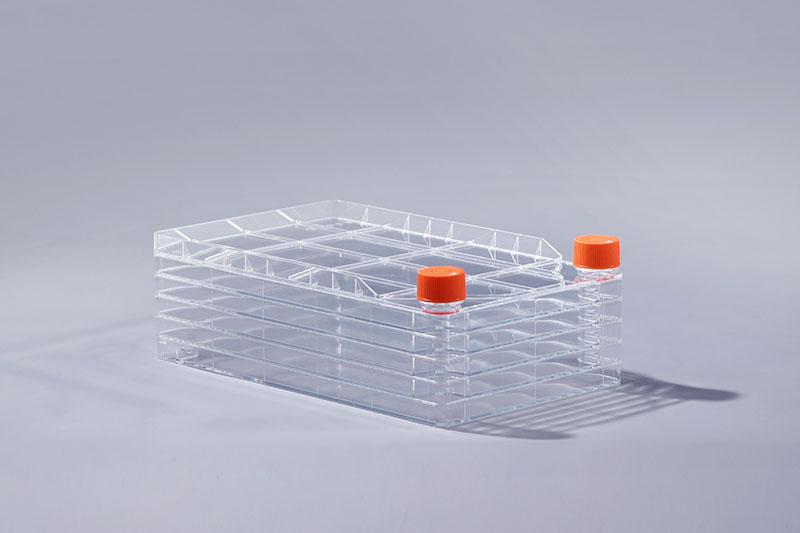Application of cell factory in the production of varicella vaccine
With the rapid development of the biopharmaceutical industry, the use of cell culture technology to conduct research on vaccines, monoclonal antibodies and other drugs has become a trend. Cell factories are commonly used consumables in large-scale cell culture, which play an important role in the large-scale production of varicella vaccines.
Chickenpox is a highly contagious acute infectious disease caused by the varicella-zoster virus. The clinical symptoms are fever, mainly macules, papules, vesicles and scabs in batches, and even death in severe cases. The chickenpox vaccine is the safest and most effective way to prevent chickenpox. The varicella vaccine adopts the attenuated strain of varicella virus OKa, which is commonly used in the world, and is made by MRC-5 human diploid cell culture. The appearance of the freeze-dried product is a milky white loose body, and it is a pale yellow liquid after dissolving. Getting the chickenpox vaccine not only protects against chickenpox, but also prevents complications from chickenpox shingles.
Since August 1, 2018, the varicella vaccine has been included in the Shanghai Municipal Immunization Plan, and people's attention to the varicella vaccine has continued to increase, and it has a large market volume. Various practical experiences have also proved that, compared with other culture consumables, the use of cell factories for large-scale production of varicella vaccine has the advantages of less pollution, high product yield, small batch-to-batch variability, and short operation time. An important cell culture method for enterprises.
In addition, the cell factory can also be used for large-scale production of MMR vaccine, hepatitis A vaccine, polio vaccine, etc. With the rapid development of biomedical technology, the application scope of this consumable will also become wider and wider.

评论
发表评论